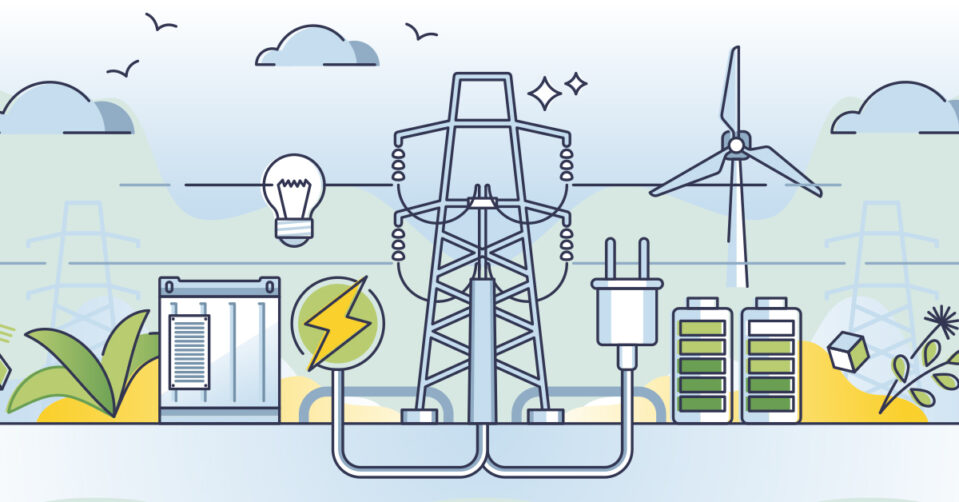Easy as Pi: Regulating for the Grid of the Future
Jessica Bell (Energy Director & Deputy Director) / March 14, 2024

The Federal Energy Regulatory Commission (FERC) is poised to take action this spring on transmission reform – reforms that are needed so that new energy sources make it to the grid and to meet growing demand. FERC’s Chairman Willie Phillips has said the reforms are in their “final lap.” It is time to get back up to speed.
Increased electricity demand stems from electrification of appliances, vehicles, and manufacturing, as well as the growing use of data centers and artificial intelligence. A recent Americans for a Clean Energy Grid fact sheet describes some of this increased demand and the related need for transmission. This podcast from the Kleinman Center for Energy Policy explains the importance of reforms for providing reliable, affordable energy to customers.
These reforms have been a long time coming. FERC issued an advanced notice of proposed rulemaking in July 2021, seeking information about issues like how transmission planning should take into account likely future generation and on what timescale, and who should pay for new construction and upgrades. FERC issued its proposed rule on transmission planning, cost allocation, and generator interconnection in April 2022. That last piece – generator interconnection – is the process of electrically connecting new resources to the transmission grid, which has been a notorious source of delay for new projects. FERC is working to make changes to these procedures under its July 2023 interconnection order, but the other pieces of the April 2022 proposal remain pending.
Upcoming changes at FERC lend a sense of urgency to these reforms. FERC is a five-member commission and there are currently two open commissioner spots; and Commissioner Allison Clements has announced that she will not seek another term at FERC when her current term ends on June 30, 2024. (She can stay through the end of the year, though.) FERC needs a quorum of three commissioners to take certain actions, such as a final rule in this transmission proceeding. The White House recently nominated three new commissioners – two Democrats and one Republican (FERC cannot have more than three commissioners from one political party) – to fill the open (or to-be-open) spots. But even if the nominees were to be confirmed relatively quickly – and Senate committee hearings are already scheduled – reviewing the tremendous record FERC has built in this transmission reform action would be a significant and time-consuming undertaking.
FERC also has the opportunity to improve how equity is considered and incorporated in the transmission planning process. Underserved communities experience more frequent and longer power outages than wealthier, whiter communities, as illustrated by a recent EDF story on blackouts. A presentation on equity objectives from the Department of Energy highlights how important principles of justice are implicated in transmission planning. It also emphasizes the need for transmission reform to account for the disproportionate burdens of energy costs and the lack of access to reliable energy.
Once FERC issues the final rule, there will be rehearing requests before the agency and challenges in court. What are some likely challenges? It’s going to be expensive, and there may be disputes about whether customer money is spent on the right projects. The final rule may change the scope of which customers are determined to benefit from a transmission project, impacting how costs are assigned. Although the costs of new transmission projects can be significant, there are high hopes for savings through interregional connectivity and opening up competition for less expensive power generation – both features that are likely to be part of the proposed reforms. Increased competition can come as a threat, though, to some utilities that have opposed reforms. Those utilities have often financially benefited from the lack of competition that a lagging transmission grid enables. However, interregional connections can also help provide resilience in the face of extreme weather events and other disruptions, allowing neighbors to import and export power to prevent extended outages and damage.
As a bigger picture challenge, commenters such as a multistate coalition led by Texas and Utah have argued that national regulation of the grid is a “major question” and that as such, the agency needs clear congressional authorization to implement its reforms. (The major questions doctrine was adopted recently by the Supreme Court in West Virginia v. EPA.)
For more background, hear from attorneys general about the importance of transmission reform on the State Impact Center’s transmission resource.
